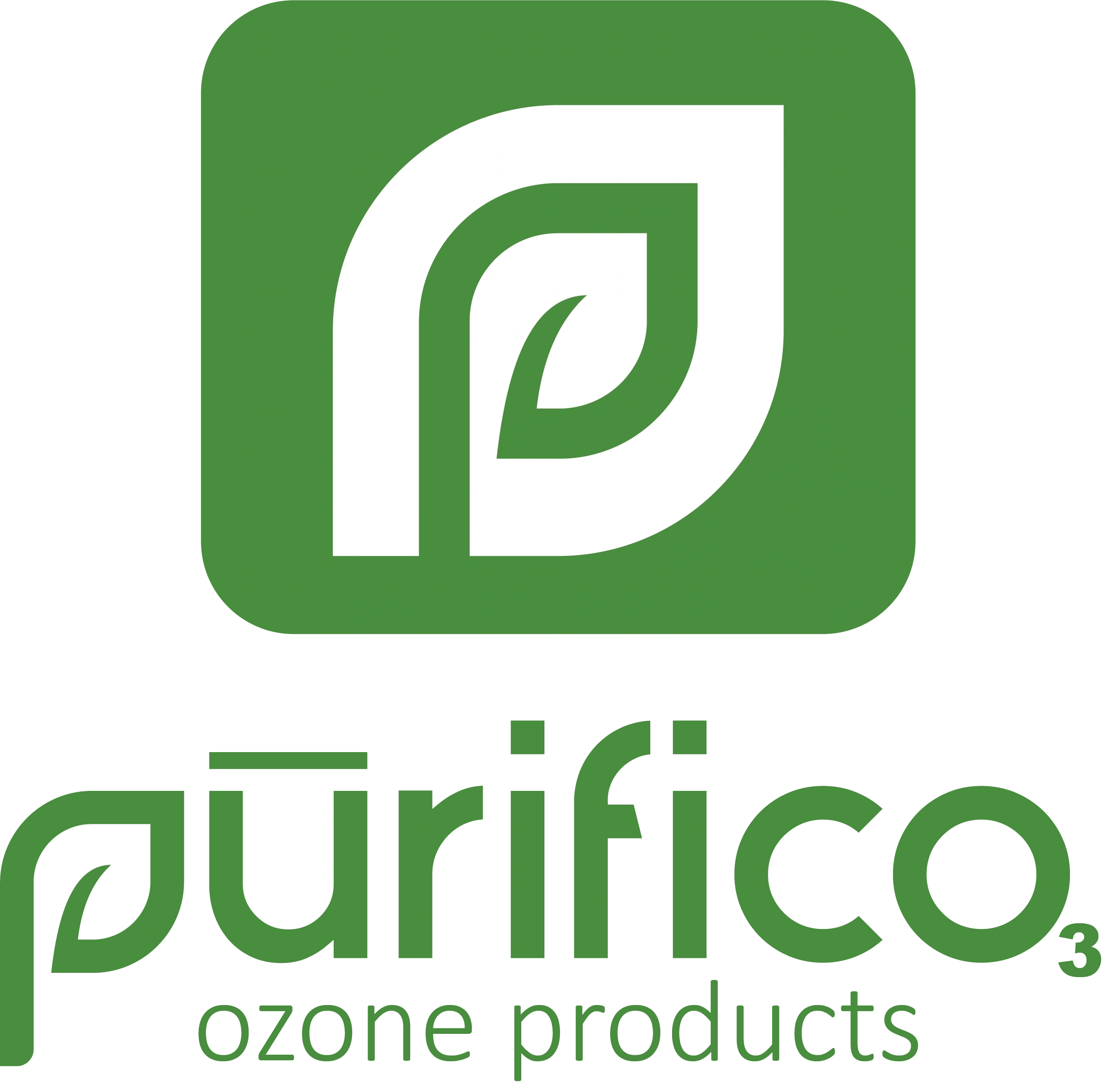Post-harvest losses are a significant challenge for farmers and food suppliers, with much of the world’s fresh produce spoiling before it reaches consumers. Factors such as microbial contamination, mold growth, and oxidation affect the shelf life of fruits, vegetables, and grains, leading to wastage and economic losses.
Commercial ozone treatment offers a promising solution to these issues by extending the freshness of harvested crops without relying on chemical preservatives. This article explores how ozone technology can help farmers keep their produce fresh longer, reducing waste and ensuring higher market value.
The Science Behind Ozone Treatment
Ozone (O₃) is a powerful oxidant composed of three oxygen atoms. Its high reactivity makes it effective at neutralizing harmful microorganisms such as bacteria, fungi, and viruses. When applied to fresh produce, ozone acts as both a disinfectant and preservative, slowing the deterioration process without leaving chemical residues behind.
Once ozone completes its oxidative reactions, it decomposes into oxygen (O₂), making it an eco-friendly option for treating crops during and after harvest. This feature also makes it ideal for fresh produce, as no harmful by-products are left on food items.
How Ozone Helps Maintain Freshness Post-Harvest
1. Elimination of Microbial Contaminants
One of the primary causes of spoilage is microbial contamination, including bacteria, mold, and fungi that thrive on moisture-rich produce. Ozone disrupts the cellular membranes and genetic material of these microorganisms, preventing their growth and spread. In contrast to traditional chemical treatments, ozone effectively destroys even resilient pathogens without promoting resistance.
By incorporating commercial ozone treatment in storage facilities, transportation containers, or washing systems, farmers can significantly reduce spoilage from microbial contamination. This ensures that fruits and vegetables stay fresh longer and maintain their quality during transit to markets.
2. Control of Ethylene Gas for Longer Shelf Life
Many fruits and vegetables release ethylene, a natural hormone responsible for ripening. However, high concentrations of ethylene can accelerate spoilage, especially when crops are stored in closed environments. Ozone acts as an ethylene scavenger, breaking down the gas and delaying the ripening process. This allows crops such as apples, tomatoes, and bananas to maintain their firmness and freshness for extended periods.
Ozone’s ability to regulate ethylene levels makes it an effective tool for storage facilities and cold rooms, where temperature and humidity control alone are often insufficient to prevent early ripening and spoilage.
3. Reduction of Mold and Fungal Growth
Fungal growth is a major threat to crops like berries, grapes, and leafy greens, especially when stored in humid conditions. Ozone’s strong oxidative power neutralizes mold spores, preventing outbreaks that would otherwise lead to spoilage. As ozone penetrates deeply into storage bins and containers, it ensures even hard-to-reach areas are free from contamination.
In comparison to chemical antifungal agents, ozone provides an eco-friendly solution without leaving harmful residues. This allows farmers to market produce that meets organic and safety standards, appealing to health-conscious consumers.
Application Methods for Ozone in Post-Harvest Treatment
Ozone treatment can be integrated at various stages of the post-harvest process to enhance produce longevity. Some common applications include:
- Ozone Washes for Fresh Produce: Ozone-infused water is used to rinse fruits and vegetables, removing surface contaminants and pesticides. The process improves shelf life without altering the taste, texture, or appearance of the produce.
- Cold Storage and Controlled Atmosphere Facilities: In storage environments, ozone generators are used to maintain an optimal atmosphere by controlling pathogens and ethylene gas levels. This preserves produce quality during long storage periods.
- Transport Containers for Long-Distance Shipping: Ozone is introduced into shipping containers to prevent spoilage during transit. The continuous release of ozone ensures that crops remain fresh even under fluctuating environmental conditions.
Environmental and Economic Benefits of Commercial Ozone Treatment
1. Chemical-Free Preservation
Traditional post-harvest treatments often rely on chemical agents to control microbial growth and extend shelf life. However, these chemicals can leave residues that are harmful to consumers and the environment. Ozone treatment offers a natural alternative, ensuring food safety without compromising quality. Its eco-friendly nature also aligns with growing consumer demand for chemical-free, organic produce.
2. Reduced Post-Harvest Losses
With ozone treatment, farmers can significantly reduce spoilage, leading to higher profitability. By extending the shelf life of produce, farmers can reach distant markets without the risk of spoilage, maximizing their revenue potential. Additionally, reduced losses during storage and transportation translate into better inventory management and fewer disposal costs.
3. Energy-Efficient Technology
Ozone systems are energy-efficient and cost-effective, particularly when compared to chemical refrigeration or preservation methods. Modern ozone generators produce the gas on-site, eliminating the need for transportation and storage of chemicals. This reduces operational costs and simplifies logistics for farmers and distributors.
Overcoming Challenges in Ozone Treatment
While ozone offers numerous benefits, it must be carefully managed to avoid overexposure. Excess ozone levels can cause minor damage to sensitive crops or irritate human handlers. To mitigate these risks, farmers should use automated ozone systems equipped with sensors that monitor and regulate concentrations in real-time.
Additionally, it is important to tailor ozone dosages based on the type of produce being treated. For example, leafy greens may require lower ozone concentrations than more resilient crops like citrus fruits or melons. Working with experienced ozone technology providers ensures that farmers implement systems optimized for their specific needs.
Conclusion: A Future of Fresher Harvests with Ozone Technology
Ozone treatment represents a game-changing advancement in post-harvest crop management. By eliminating pathogens, controlling ethylene gas, and preventing mold growth, ozone helps farmers maintain the freshness and quality of their harvests for longer periods. Its eco-friendly nature and ability to extend shelf life without chemical residues align with the increasing demand for sustainable and organic produce.
As global agriculture faces mounting pressure to reduce food waste and improve supply chain efficiency, ozone technology offers a practical and effective solution. Farmers, distributors, and retailers who adopt ozone systems will not only benefit from reduced losses but also gain a competitive edge in the market by offering fresher, safer, and more sustainable products.
With advancements in ozone technology and growing awareness of its benefits, the future of post-harvest management looks promising. Ozone treatment is poised to become a standard practice for extending the shelf life of fresh produce, ensuring that more food reaches consumers in perfect condition and reducing the environmental impact of agricultural waste.


